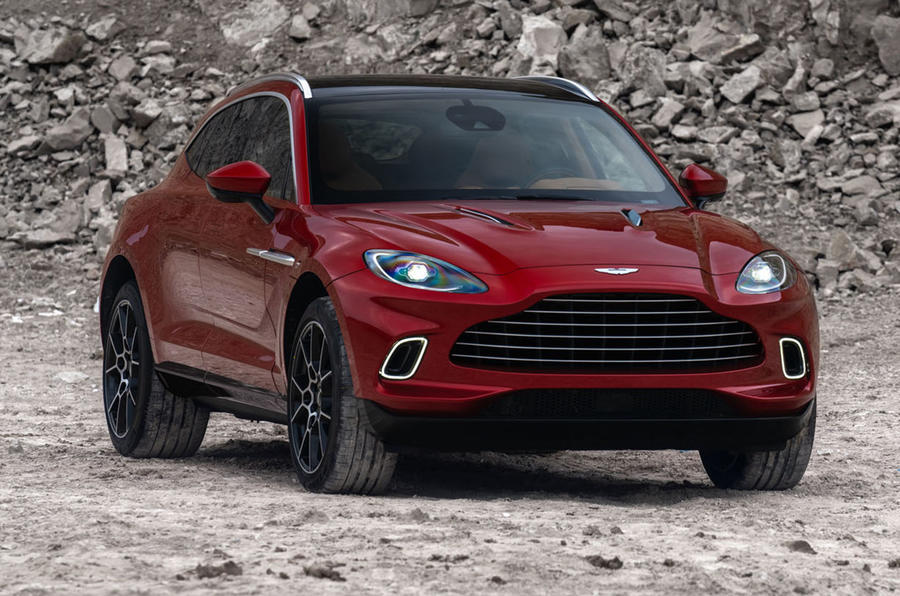Even before the pandemic, beleaguered Aston Martin was facing a crucial year, with its future essentially staked on one big bet: the DBX.
When Aston was floated in 2018, it was valued at £4.3 billion, with an initial share price of £19. On 13 May, when it announced a £118.9 million pre-tax loss in the first quarter of 2020 due to the pandemic, those shares hit a low of 35.4p.
Aston recently announced plans to cut up to 500 jobs, as part of a major cost saving programme tied to reducing production levels of its sports car lines.
It’s a bleak picture, but there is hope: billionaire Lawrence Stroll led investment worth more than £500m in the firm, becoming its new chairman. And that deal – reworked after Covid-19 caused an earlier dip in the share price – ensures Aston Martin has the money needed to bring the DBX to production at its new factory in St Athan, Wales. With the firm reducing sports car output, the DBX will become even more crucial as the brand's volume seller, and the post lockdown return to production is clearly focused on ensuring the SUV goes on sale on time.

Early demand suggests Aston can sell its first SUV in the volumes and at the margins needed to boost profits and fuel investment in its sports cars. Losing weeks of production will have hurt, but Aston insists deliveries are broadly on track.
Once they start, it must ensure a steady stream of buyers, boosting turnover – which should calm the fears of those investors. It all rests on the DBX.
Will new management make all the difference?
Beyond new metal, Aston Martin has also snapped up current Mercedes-AMG chief Tobias Moers to replace Andy Palmer as chief executive officer. Moers saw a major expansion at the Affalterbach firm since taking over the top role in 2013, with sales rising from around 70,000 to 132,000 in 2019. It's this experience that Lawrence Stroll says will be crucial to reviving Aston's fortunes.






Join the debate
Add your comment
5000 DBX’s
5000 DBX's - that's a lot of Aston Martins - wow